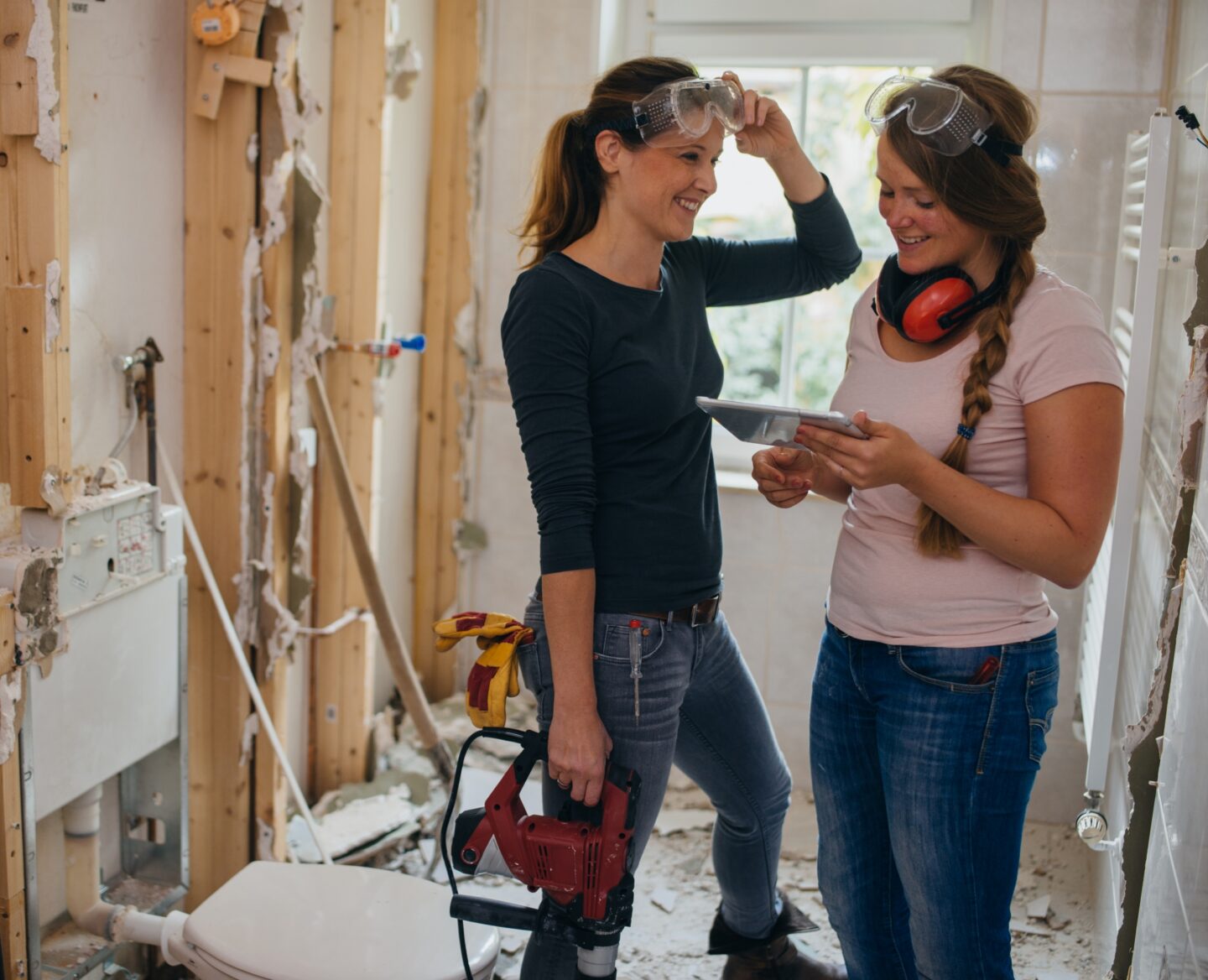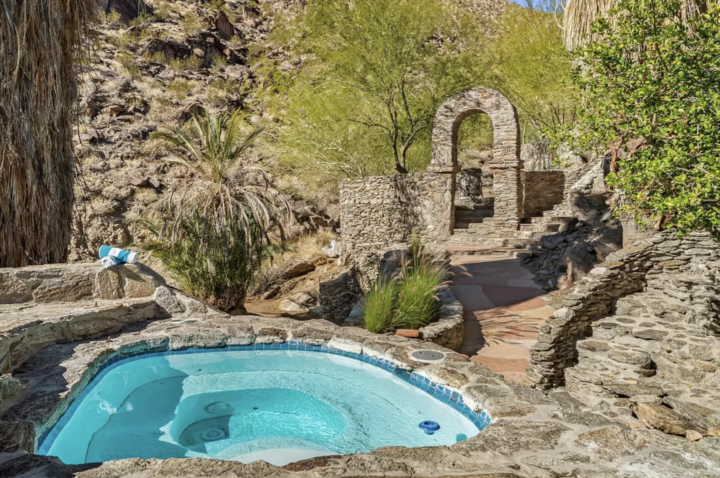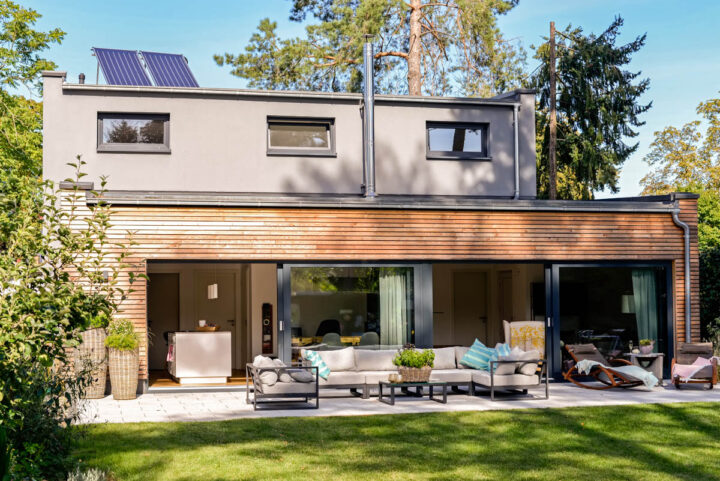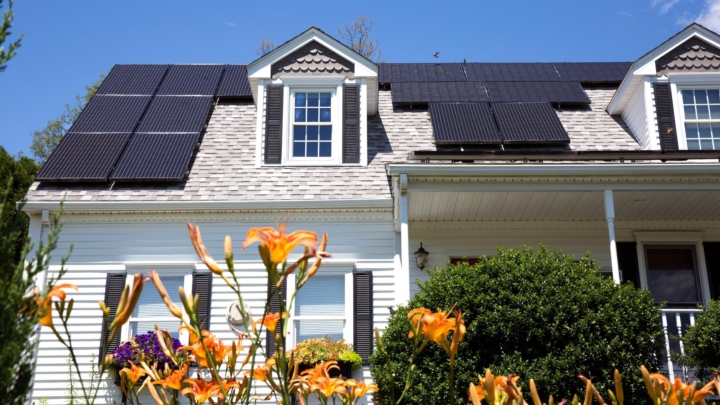ROI for a Bathroom Remodel
Renovating a bathroom before selling can give you a lot of bang for your buck, but read these tips before you pick up a hammer.

In this article:
- Should I remodel my bathroom before selling?
- Types of bathroom remodels
- Bathroom remodel ROI by region
- Tips to increase bathroom remodel ROI
When thinking about selling, many homeowners consider areas in their home that might need a little pre-listing TLC, and bathrooms are commonly on the list. In fact, 26 percent of sellers make some sort of improvement to a bathroom before selling, according to the Zillow Group Consumer Housing Trends Report 2018. Remodeling a bathroom before resale can help attract more buyers, but getting every dollar invested back at the time of resale is not guaranteed.
Zillow data shows that bathroom remodels yield the biggest returns in terms of boosting your home's resale value. For minor cosmetic changes, you'll see a $1.71 increase in home value for every $1 you spend. This includes things like painting and refinishing cabinets, swapping out the mirror or upgrading hardware.
So, even if you only have the time and budget to make small improvements, focusing on bathrooms is usually a smart move.
Should I remodel my bathroom before selling my house?
If you're in the Pacific region (California, Hawaii, Washington, Oregon and Alaska), a bathroom remodel is likely a good idea, as it offers the highest average ROI in the country, according to Remodeling magazine’s Cost vs. Value Report for 2018 — more on those stats later.
Regardless of where you live, ask yourself the following questions before remodeling your bathroom.
Does the local market show demand for new bathrooms?
Run some recent comps or have your real estate agent run some comps. Is there a lot of new construction in your neighborhood near your target listing price? If you're going to be competing with brand-new homes, a brand-new bathroom may just do the trick.
However, just because you won't get a 100 percent ROI doesn't mean a bathroom remodel won't help your sale in other ways. For example, by having an updated bathroom, you might be attracting buyers who wouldn't have considered your house otherwise.
Does the bathroom already need repairs?
If your bathroom is in good working condition with only slightly dated materials (cherry cabinets and tan granite, for example), it might not be worth undergoing a full remodel just to get that Pinterest-worthy look.
However, if your bathroom has cracked tile, mold, water damage, structural issues or substandard electrical, you'll definitely want to remodel, as most of those issues will come up in a buyer's inspection anyway. When selling a home with serious issues, you're going to end up paying for the repairs one way or another — by doing the repairs before listing, negotiating with your buyer after a poor inspection report, or by listing at a lower price in consideration of the work that needs to be done.
Is a new bathroom the best ROI project?
Just because you have the money for a bathroom remodel doesn't mean you should move forward. If you have money set aside for pre-listing renovations, ask your real estate agent for the home features that sell best in your area.
For example, in Dallas, the best return you'll get on a midrange project is installing manufactured veneer on the outside of your house — it'll get you a 131.4 percent return, on average.
If you absolutely need to remodel the bathroom in your Dallas-area home, a midrange bathroom remodel can bring in a 72.7 percent return.
Types of bathroom remodels
Remodeling magazine's Cost vs. Value Report tracks the average cost of specific home improvements on a national, regional and statewide level. This data can help you better determine the return on investment you'll see for a bathroom remodel, based on the type of remodel you take on and the level of finishes.
Standard bathroom remodel
In this data, remodels are categorized as midrange or upscale, which relates to the quality of finishes used. But either way, the remodels we're talking about here are a heavy lift — not just cosmetic changes.
Midrange bathroom remodel
A midrange renovation includes materials like ceramic tile floors, new chrome fixtures, a ceramic tile surround, a single-level shower handle, a standard white toilet and a solid surface vanity counter. The finishes are functional and nice, but not top-of-the-line.
- National average ROI: 70.1 percent
- National average cost: $19,134
- National average return: $13,422
Upscale bathroom remodel
An upscale bathroom remodel may include structural changes like expanding or adjusting the layout. Finishes include things like large ceramic floor tile, heated floors, high-end faucets, new lighting, and stone countertops with double sinks. Showers may have frameless glass doors, rain shower fixtures, shower niches and tiled shower walls. Freestanding tubs are also found in this type of bathroom remodel.
- National average ROI: 56.2 percent
- National average cost: $61,662
- National average return: $34,644
Universal design bathroom remodel
This specialized type of bathroom remodel makes a bathroom wheelchair accessible, with features like a widened doorway, accessible storage, push-button locks, a walk-in shower that's flush with the floor, a fold-down shower seat, a taller toilet, an open-base vanity that can accommodate a wheelchair, and support bars throughout the bathroom.
A midrange remodel is the only cost type of universal design bathroom remodel surveyed in the report, but it offers the highest return of any bathroom remodeling project.
- National average ROI: 70.6 percent
- National average cost: $16,393
- National average return: $11,581
Bathroom addition
Some sellers might discover that adding a whole new bathroom provides a better ROI than remodeling an existing one. For example, if you have a home with only one bathroom or a disproportionate number of bedrooms and bathrooms, adding an additional bathroom can be a smart move. Consider this Remodeling magazine data.
Midrange bathroom addition
This type of project includes a full 6-by-8-foot bathroom, with similar features as a midrange remodel: ceramic tile floors, new chrome fixtures, a ceramic tile surround, a single-level shower handle, a standard white toilet and a solid surface vanity counter. It will typically have a fiberglass tub/shower with ceramic surround.
- National average ROI: 59.9 percent
- National average cost: $44,717
- National average return: $26,769
Upscale bathroom addition
In an upscale bathroom addition, the new bathroom should be at least 100 square feet, and it will feature the same upscale features as an upscale bathroom remodel, with the addition of extending the HVAC system into the new space.
- National average ROI: 54.6 percent
- National average cost: $83,869
- National average return: $45,752
Bathroom remodel value by location
The ROI of a bathroom remodel depends mostly on your home's current value and how much you can do before you risk overimproving, but it also largely depends on your local real estate market. If buyers in your area aren't seeking out brand-new or newly remodeled bathrooms, you won't see much of a return.
Midrange bathroom remodel ROI by region
Sellers in the Pacific region of the United States, which includes California, Hawaii, Washington, Oregon and Alaska, see the highest average ROI on a midrange bathroom remodel, at 87.7 percent. Their average remodel cost is $21,855, of which $19,378 is recouped.
Following close behind is the South Atlantic, which includes West Virginia, Delaware, Maryland, Virginia, North Carolina, South Carolina, Georgia and Florida. Sellers in the region enjoy an ROI of 73.5 percent, based on an average remodel cost of $17,704 and a recouped cost of $12,982.
The parts of the country with the worst ROI, ranging between 58.8 percent and 59.2 percent, are the East North Central region (Wisconsin, Illinois, Indiana, Michigan and Ohio), the West North Central region (North Dakota, Minnesota, South Dakota, Nebraska, Iowa, Kansas and Missouri) and the Middle Atlantic region (Pennsylvania, New Jersey and New York).
Tips for increasing the return on a bathroom remodel
ROI is naturally better when you spend less. Use these tips to ensure you stay on budget and don't overimprove your bathroom.
Fix what doesn't work first
Start by focusing on whatever is going to look bad to a buyer on a home tour or worse on a home inspection report — a bad paint job, cracked tiles, peeling caulk, water stains and dirty grout are a few common examples.
Opt for waterproof materials if anything needs to be replaced. Porous materials don't perform well over time, incuding marble, which requires significant maintenance (and buyers know it).
If you need ventilation, install a quiet new fan or, even better, a window. A window can let in much-needed natural light in a small space, giving it a whole new look.
Prioritize layout
Bathrooms should always be functional before all else, so if you're considering reworking the layout, keep functionality in mind. Make sure there's enough clearance for the shower door and cabinet doors, don't place a toilet next to a tub if you can avoid it, make sure there's a place for a toilet paper holder near the toilet, and don't forget about electrical outlets near the counter.
Depending on your local market, price point and home's layout, a water closet, where the toilet is housed in its own room within the bathroom, can be appealing to buyers.
Keep the design neutral
While you can have a bit more fun with a powder room, full bathrooms should be neutral and light. After all, you're looking to appeal to as many buyers as possible. According to Zillow research, light blue bathrooms (a periwinkle blue with a gray-blue tint) can help a home sell for $2,786 more, on average.
Try inexpensive bathroom upgrades
Even some minor upgrades to bathrooms can make a big impact on buyers. Consider these budget-friendly options:
- Paint or refinish cabinets instead of replacing them.
- Install a new toilet (white and comfort height, with an elongated bowl).
- Add new lighting, like sconces that give a high-end look.
- Include a new mirror or recessed mirrored-front medicine cabinet.
- Update hardware and make it match throughout, including knobs, pulls, the vanity light, faucets and towel bars
- Replace scratched or cracked countertops (consider buying a prefabricated vanity with the counter included for ease and affordability)
- Deep clean — getting rid of rust stains, scrubbing every surface and recaulking can make a big difference.
Written by
Kristijonas Umbrasas
11.26.2019



